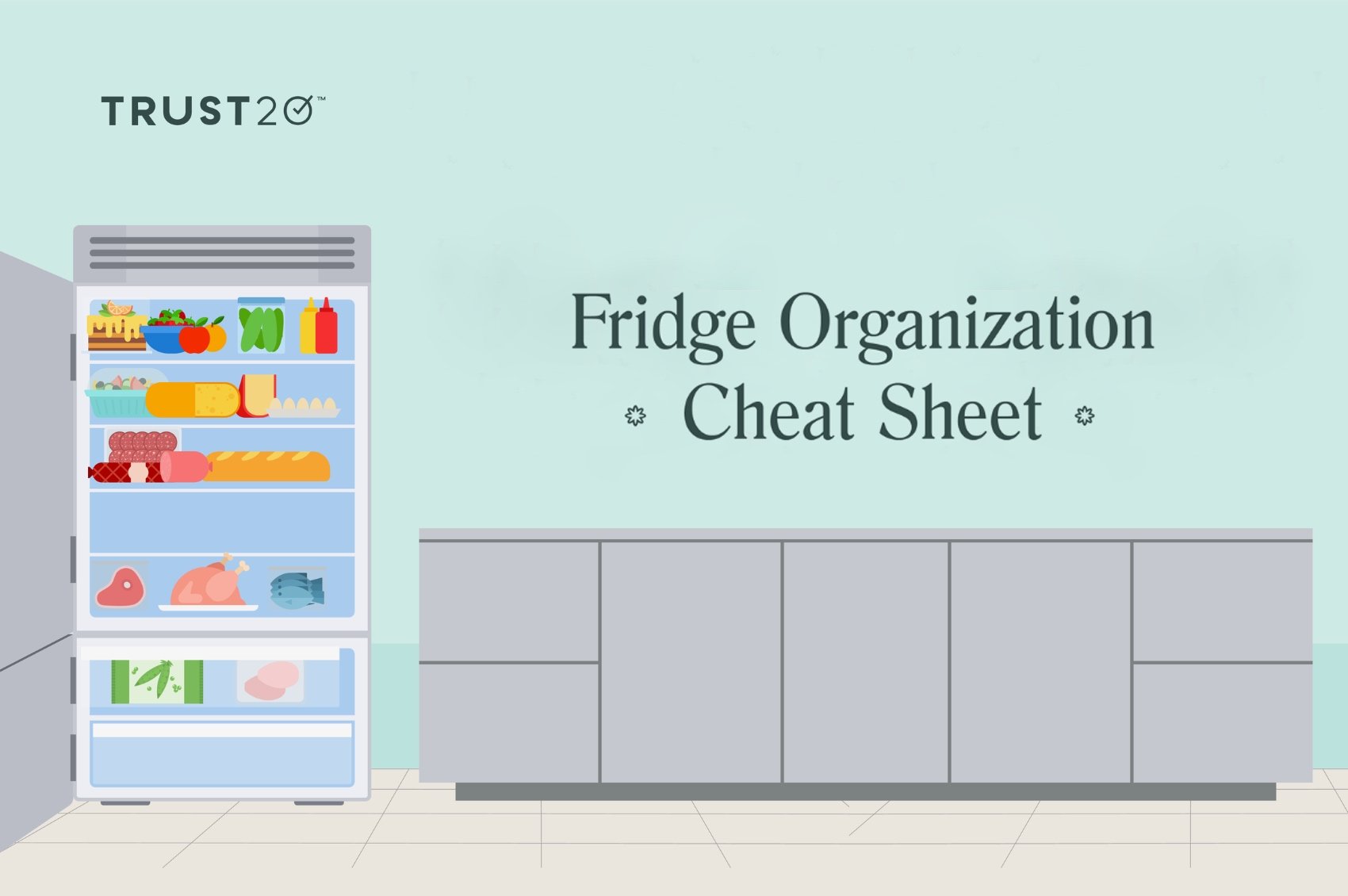Cold storage certainly isn’t the most interesting part of a restaurant. However, the organization of your fridge and freezer plays an important role in the safety of your food. Certain rules and best practices are set in place to make sure none of your food supply goes to waste and it all can be served to eager customers.
Let’s dig in! Here's what we'll cover:
Food storage general best practices
What belongs on the middle shelf
What to store on the bottom shelf
Food storage general best practices
Your refrigerator and or walk-in cooler should be kept at 32 ℉ to 40 ℉ and your freezers should be kept at 0℉ at all times.1 These temperature parameters are critical to keeping your food items out of the temperature danger zone, protecting them from contamination and the growth of unwanted and dangerous bacteria and viruses that cause foodborne illnesses, and ultimately preventing your customers from getting sick.
It is also important to keep an adequate amount of space between items. Bunching food close together doesn’t allow for proper air circulation and can result in holding foods at the wrong temperature and risking contamination.
Another crucial best practice when it comes to proper fridge and freezer organization is practicing FIFO (First In First Out).2 Accurately labeling your foods with the date you opened them or their expiration date will make this process easier for the entire team.
These simple processes will help ensure no food items are used beyond the window of their best quality–and will help prevent the possibility of foodborne illnesses coming out of your kitchen.
Now, if you already knew all this, but you have questions about what foods go where–read on! If you follow our simple outline below, you and your teammates will easily provide a safe storage space for every item in your fridge and freezer.
Organizing the freezer
The freezer is the most straightforward! Your kitchen’s freezer is for any of your food items that will need to be stored for a longer period of time. As long as you properly pack the foods for storage and date them with their expiration date, they will remain safe from contamination for a longer period of time.
Foods that should be stored in the freezer include:
-
Frozen Vegetables
-
Pre-made Sauces and Bases
-
Meats not intended for immediate use
Organizing the top shelf
Things get a little more complex when you move to the walk-in cooler or fridge. Your top shelf should include items that are ready-to-eat. This means foods that are edible without preparation to achieve food safety. Occasionally it can also include items that won’t take a lot of time to prepare.
Foods safe for the top shelf include:
-
Condiments
-
Sauces
-
Pickled Products
-
Fruits
What belongs on the middle shelves
The middle shelves are reserved for the majority of foods and items should be ordered, going down the shelves, from the lowest cooking temperature to the highest. This helps prevent cross-contamination from juices or other liquids from foods that get cooked at a higher temperature from mixing with foods that won’t reach that temperature.
Foods that should be stored on the middle shelves include:
-
Raw and Uncut Vegetables
-
Cheese
-
Bread
-
Whole Cuts of Raw Beef, Pork, Veal, and Lamb
Note: While it is best to have raw meat always be on the bottom shelf, large walk-ins will have many middle shelves. If raw meats are being stored on middle shelves, any meat that has been tenderized, injected, or ground must be kept on a lower shelf than whole cuts.
What to store on the bottom shelf
The bottom shelf is where you should keep foods that require the highest cooking temperatures. These foods often leak and can drip on to other items on shelves, therefore permanently damaging the rest of your food. If these high-risk foods are stored on the bottom shelf, you can easily clean up any potential mess without having to worry about other items being contaminated.
Foods that should be stored on the bottom shelf include:
-
Poultry
-
Steak
-
Fish
-
Any meat that has been tenderized, injected, ground, or thawed
Note: Most meat can only be stored in a fridge or cooler for up to two days until it should be thrown out, so properly labeling meats with an expiration date or the date of when meat enters the fridge will help to ensure both safety and freshness.3
All of these practices are crucial to keeping an organized and safe refrigerator and freezer. The way you store your food can make or break the quality and safety of the dishes you serve, so always remember to treat your food inventory with care.
Sources:
-
E-Controls Systems: Proper Storage Temperatures are Essential
-
Investopedia: The FIFO Method: First In, First Out
-
State Food Safety: Fridge Storage for Food Safety






